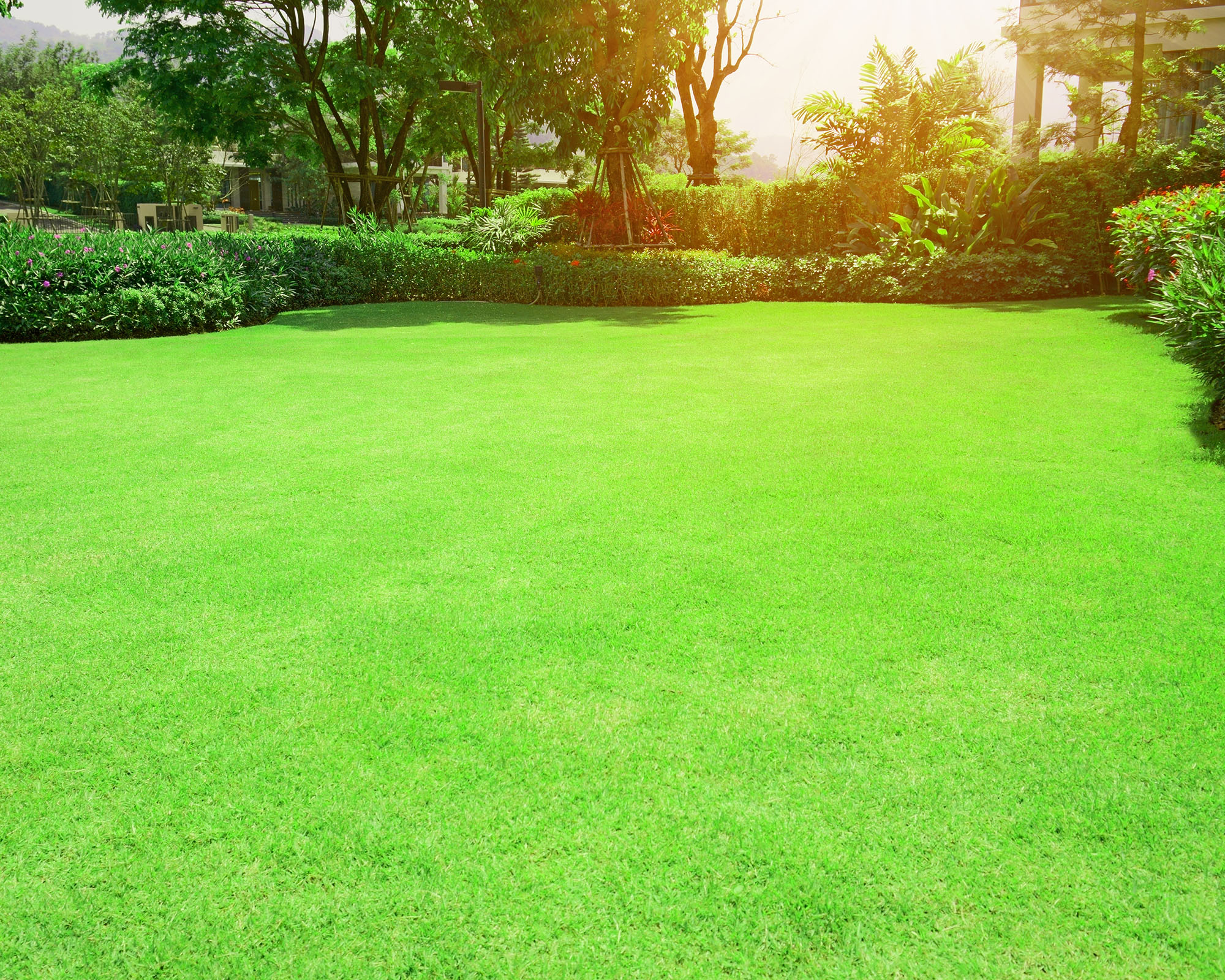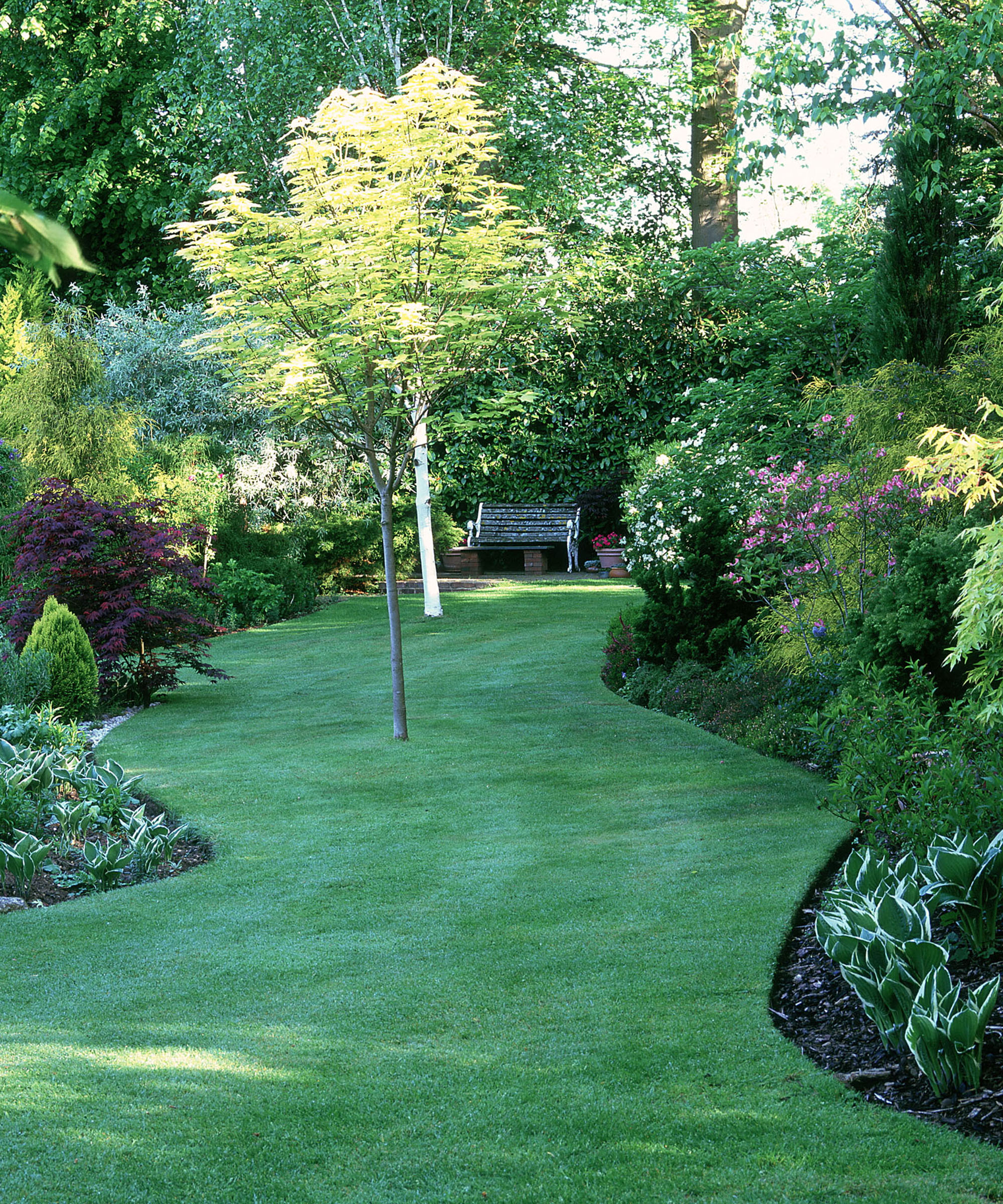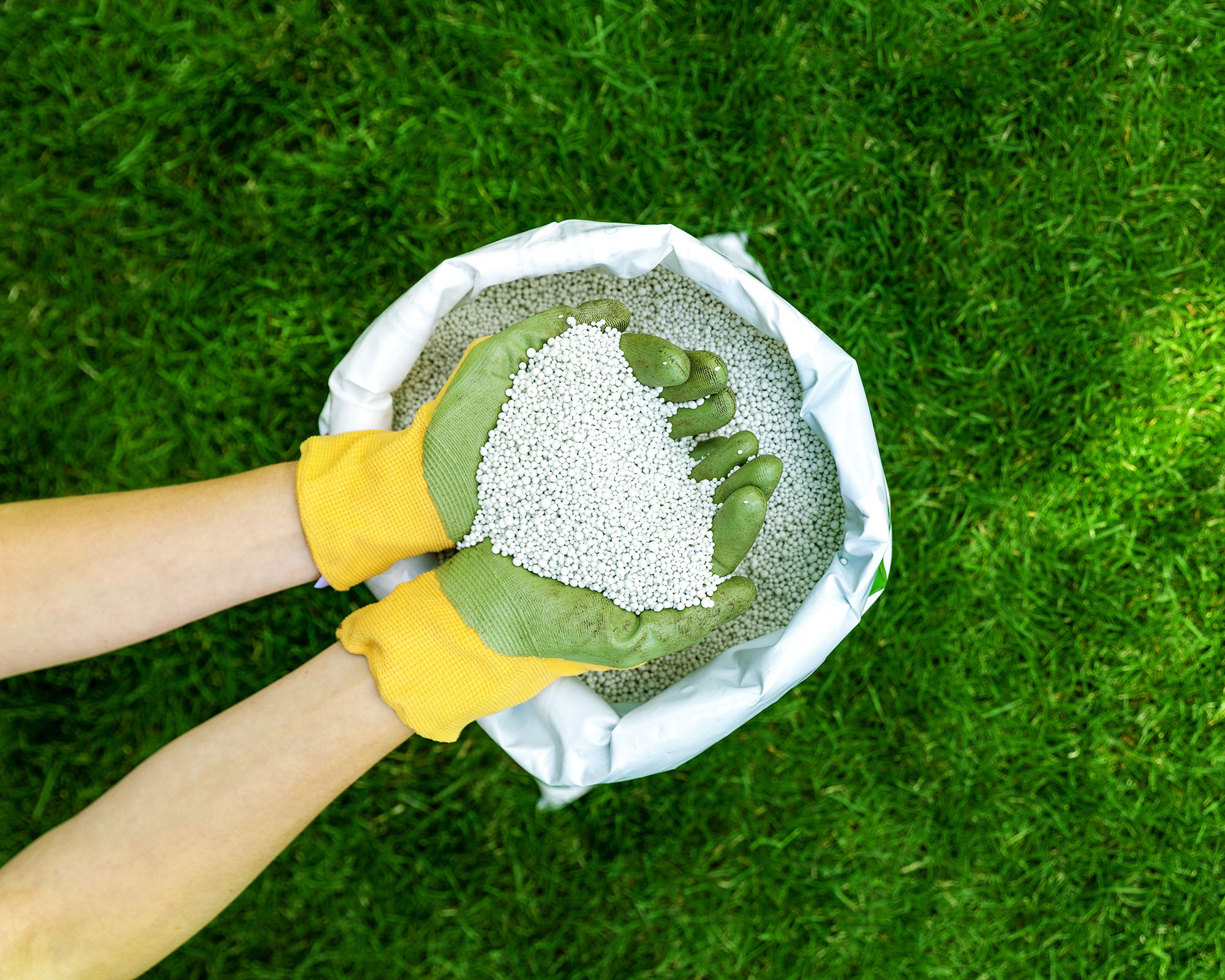When Should I Start Mowing The Lawn? Experts Give The Definitive Answer For Lush, Healthy Grass
Spring is almost here, but does that mean it's time to start mowing the lawn? Industry experts explain when to spot the key signs your grass is ready – and why you should never cut it too soon.

- What month do you start mowing the lawn?
- Does grass type make a difference?
- What if I live in the Transition Zone?
- What should the grass look like?
- Does the weather have an impact?
- What temperature should it be?
- Do I need to prepare the lawn before I mow?
- How much grass should I take off on the first mow?

Once the first signs of spring have arrived, it’s tempting to venture out into the garden to give the lawn its first mow of the season. However, if you make the cut too soon you could harm the health of your lawn, resulting in weaker grass that goes patchy and easily succumbs to weeds.
A lush, healthy lawn is naturally resilient against issues such as disease, weeds, and pests. So, timing your post-winter mowing just right will make lawn care easier in the long run.
Bear in mind that knowing when to start mowing the lawn is more about observing the signs it is ready, rather than a precise date.
“The exact timing for when to start mowing the lawn will depend on factors that often change, especially in current environmental conditions,” explains Fantastic Gardeners' lawn care expert Ionel Giuran.
“These will be, for example, the local climate conditions, weather patterns, and the specific type of grass you have.
“Because of that, it's always recommended to observe the lawn and adjust the mowing schedule accordingly to provide the grass with optimal health and the best appearance."

What month do you start mowing the lawn?
“No matter where you are in the country, almost everyone will see signs of their grass starting to wake up in March,” says Craig Elworthy, founder of natural, DIY lawn care company Lawnbright.
Sign up for the Gardening Know How newsletter today and receive a free copy of our e-book "How to Grow Delicious Tomatoes".
“The earliest people will see grass start waking up is in February, and the latest (in the more Northern regions) will be in early April. But for most people, March is the month to start mowing.”
Gene Caballero, co-founder of GreenPal and an expert with over 25 years in the landscaping industry, suggests using your USDA planting zone as a starting point.
“If you live in the warmer Southern zones of the United States, such as zones 7 to 10, you might find it's time to start as early as late February or early March,” he says. “Meanwhile, in the cooler northern zones, like zones 3 to 6, it's typically best to wait until late April or even early May to begin.”
Does grass type make a difference?
Grass type is a factor in when to start mowing. “Cool-season grasses, such as Kentucky bluegrass, fescue, and perennial ryegrass, typically grow in the Northern regions of the US, which experience colder winters,” says Ionel.
“In the spring it’s important to wait until the grass is actively growing and the soil has warmed before you begin mowing. For cool-season grasses, usually, that should be when the grass reaches a height of around 2.5 to 3 inches (6 to 7.5cm).”
On the other hand, warm-season grasses, such as Bermuda grass, Zoysia grass, and St. Augustine grass, are more typically grown in the Southern states.
“The growing season of these grasses typically starts later in spring when the temperatures rise and, in these regions, you won’t usually need to start mowing until late spring – around April to May," adds Ionel. "Wait a little longer until the grass has greened up and started actively growing.”

What if I live in the Transition Zone?
If you live in the Transition Zone – which covers the middle band of the country – both cool-season and warm-season grasses are grown.
“These areas typically experience a blend of climates and so the timing can be trickier,” says Ionel. “Generally, in these locations, people should start mowing cool-season grasses as soon as they start actively growing in early spring – similar to the recommendations for cooler regions.”
“On the other hand, warm-season grasses will usually begin to green up later in spring and people will need to wait until they've started growing and have reached a height of around 1 to 1.5 inches (2.5 to 4cm) before mowing their lawn for the first time.”
What should the grass look like?
Grass color and appearance are key indicators of whether a lawn is ready to mow.
“Look to when color starts to change in the blades of grass. You will be able to see vibrant green colors, which is a sign that your grass is waking up," says Kody Ketterling, lawn and garden expert, and founder of K-IT Products.
These green areas may be more prominent in areas of the lawn that get the most sun. “You will also see your blades of grass growing straight up and lifting off the ground.”
If you can’t see any signs of life, keep waiting. “If your lawn is not growing and there are no tufts of green at all, your lawn is still dormant and does not need a mow,” says Craig.

Does the weather have an impact?
Fresh growth isn’t the only indicator of grass being ready to mow. If you cut before the weather conditions are right, you could do more harm than good.
“Check the soil is no longer wet from winter's thaw,” says Gene. “Ensuring that the soil isn't frozen and that temperatures are consistently above freezing both day and night is crucial.
“If your lawn remains saturated with moisture, or if nighttime frosts are still a possibility, it's better to delay. Mowing wet grass is damaging to the young grass and can compact the soil. ”
What temperature should it be?
The ideal temperature for mowing the lawn differs between grass types.
“For cold-season grasses, make sure that your temperatures are above 40 to 50°F (5 to 10°C). Make sure that the ground is thawed completely in every spot that you are going to mow,” explains Kody.
“If possible you should check the soil temperature: if it is below 50°F (10°C), hold off because your grass is still sleeping.
“Meanwhile, the best time to start mowing warm-weather turf is when temperatures rise above 65°F (18°C).

Do I need to prepare the lawn before I mow?
Before mowing after winter, you should take some time to clear debris and aerate the lawn.
“Clean off all the sticks, leaves, and debris from the winter months off of your lawn,” says Kody. “Then run a rake over the lawn to lift the grass, and get the thatch out from around the roots. The rake will aerate about an inch into the soil.
“Finally fertilize the lawn with a triple 16 product that provides a good mix of nutrients. I also like to use carbon products as grass loves carbon and is very healthy for the soil.
Wait two to three weeks before mowing your lawn. This process will ensure that your grass gets an even and level start to hopefully give you the best growing season.
How much grass should I take off on the first mow?
“As with all mows, you should take off no more than one-third of the grass blade,” says Craig.
If you have left your lawn too long and would like to cut it shorter, then do this over two or three sessions, to give the grass a chance to recover.
“Cutting grass too short can shock the plants and leave them vulnerable to diseases and pests,” explains Gene. “Maintaining a higher blade height in the initial mowing encourages root growth and helps establish a healthier lawn for the upcoming season.”
Make sure you collect your grass clippings – you can add them to the compost heap.
“I usually recommend mulching the clippings back into the lawn – known as grasscycling – but on the first mow I bag it because it’s too cold for microbial activity to break down the clippings and they will build up and smother the lawn,” adds Craig.

Melanie is an experienced gardener and has worked in homes and gardens media for over 20 years. She previously served as Editor on Period Living magazine, and worked for Homes & Gardens, Gardening Etc, Real Homes, and Homebuilding & Renovating. Melanie has spent the last few years transforming her own garden, which is constantly evolving as a work in progress. She is also a passionate organic home grower, having experimented with almost every type of vegetable at some point. In her home, Melanie tends to an extensive houseplant collection and is particularly fond of orchids.